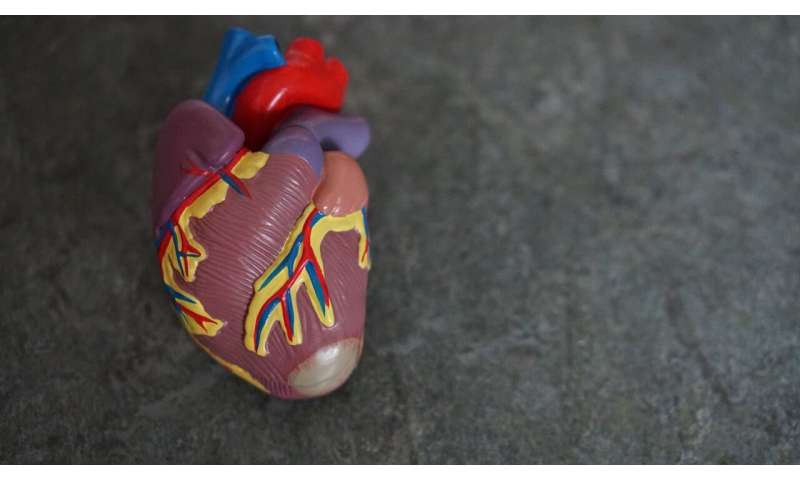
Heart failure patients who live in communities affected by fracking are at increased risk for hospitalization, according to a study published in the Journal of the American College of Cardiology today. The study looked at the environmental exposure risk of thousands of heart failure patients across Pennsylvania.
Heart failure is a lifelong condition that affects over 5.7 million Americans. Heart failure makes it harder for the heart to pump enough blood and oxygen to meet the body’s needs. The two main heart failure phenotypes, reduced ejection fraction (HFrEF) or preserved ejection fraction (HFpEF), can lead to worsening cardiac health and reduced blood flow to critical organs. In turn, heart failure patients are at higher risk for hospitalizations and death.
Unconventional natural gas development (UNGD), more commonly known as “fracking,” (the hydraulic fracturing phase), is a growing industry worldwide. The four-part process includes 1) Pad preparation: clearing well pad lands for drilling, 2) Drilling: drilling vertically and horizontally into the ground, up to 10,000 feet deep in both directions, 3) Stimulation (hydraulic fracturing): extracting natural gas by injecting millions of water gallons into the wells, along with proppants and chemicals, and 4) Production: processing and transporting the gas through pipelines. In Pennsylvania, 12,000 wells have been drilled since 2004. UNGD has several environmental and community impacts, including noise and air pollution, and heavy truck traffic. Previous reports have found UNGD can cause adverse respiratory effects on local communities, but limited research has been done on cardiovascular health.
The researchers aimed to evaluate the association of UNGD activity and hospitalization among heart failure patients. Based on electronic health record data obtained from Geisinger, an integrated health system in Pennsylvania, the researchers used residential addresses to identify 12,330 heart failure patients who resided in 37 Pennsylvania counties from 2008 to 2015. Of these patients, 5,839 were hospitalized for heart failure. The researchers studied the first hospitalization identified for each patient.
“We observed exposure-effect relations for three of the four unconventional natural gas development activity metrics and heart failure hospitalizations. The largest magnitude associations were observed for the well pad preparation, stimulation and production metrics,” said Tara McAlexander, Ph.D., MPH, post-doctoral research fellow at Drexel University Dornsife School of Public Health and lead author of the study. “Our findings suggest that individuals living with heart failure, when exposed to greater UNGD activity, are more likely to be hospitalized, particularly in those with more severe heart failure at baseline.”
The researchers observed stronger associations with UNGD activity in both HFpEF and HFrEF patients, suggesting both sets of heart failure phenotypes are equally susceptible to exposures related to UNGD. These associations can be attributed to the environmental impacts of fracking, including air pollution, water contamination, and noise, traffic and community impacts. Air pollutants can affect individuals across large regions, and due to the high volume of truck traffic to the UNGD sites, the noise, vibration and diesel exhaust can be spread over a large network of roads.
“In the early 2010s, the scientific community was calling for ‘good’ epidemiological studies in order to evaluate the health effects of fracking. In this observational study, the researchers applied extensive and rigorous methods to determine specific exposure-outcome associations between fracking and heart failure hospitalizations,” said Barrak Alahmad, MBChB, MPH, a Ph.D. candidate in environmental health at Harvard T.H. Chan School of Public Health, in an accompanying editorial comment. “Moving forward, we need to better understand the mediating effects by air and water pollutants, and the existence of racial disparities in the fracking impacts.”
Source: Read Full Article
